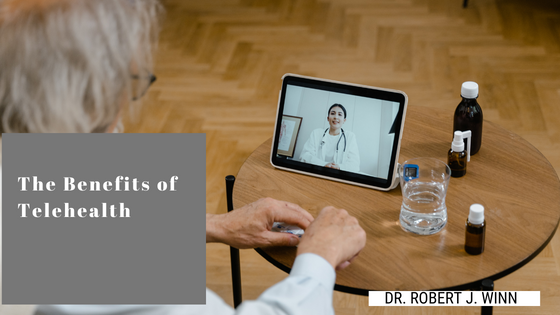The COVID-19 pandemic has highlighted the important role telehealth can play in improving the quality of life for people. As healthcare providers, we face new challenges in balancing the best-practice of patient care and protecting our staff.
Telehealth provides hospitals with the opportunity to establish themselves as cutting-edge technology providers. While it has gained widespread acceptance, it is still expected to remain a part of the healthcare landscape for many years due to its ability to provide high-quality medical care in remote locations.
Expanding Your Patient Base
One of the most frustrating factors about in-person care is the need for patients to show up for their appointments. This issue can lead to lost time for the healthcare practitioner and the failure to reach out to new patients. With the availability of virtual medical visits, there is a reduction in no-shows and an increase in treatment persistence.
A survey conducted in the US revealed that most of the patients who used telehealth services were satisfied with their experience. They also stated that it improved their mental health.
Allow Patient Flexibility
Before making an appointment, patients should consider various factors, such as time off work, travel, and childcare. With telehealth visits, they can avoid these issues and get the care they need more conveniently.
Medical Collaboration Opportunities
A full-service hospital is composed of various medical disciplines. Communication between different departments, such as laboratory medicine and radiology, is very important to provide fast and accurate healthcare measures. This improves the quality of care for patients.
Patient Adherence
Easy access to specialists and general practitioners is also very important to maintain patient adherence and improve their treatment success.
A study conducted in Colombia revealed that 65% of the country’s rural population uses telehealth appointments to improve their healthcare. Another study also showed that 65% are likely to receive a call from a specialist when they need a follow-up or pre-op visit.
It makes Patient Follow-Ups Easier
The success of a patient’s treatment mainly depends on regular and systematic follow-up by their healthcare providers. With the availability of remote care options, they can also receive a variety of case-specific and personalized services.
Greater Patient Outcomes
Having telehealth options can help care teams identify potential issues and improve the quality of patient care. It can also reduce the likelihood of patients getting infected with certain diseases.
Aside from providing various services, such as hands-on therapy and medication, telehealth can also help educate patients about their treatment plans. With the use of digital tools, such as videos and scans, healthcare providers can now provide more direct and flexible communication.


